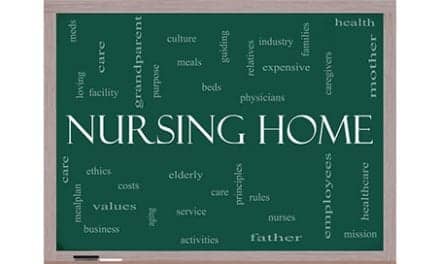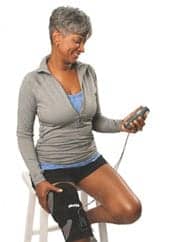Last Updated: 2008-01-31 19:01:05 -0400 (Reuters Health)
NEW YORK (Reuters Health) – Advice and training on how to properly lift heavy objects does not prevent the development of back pain or resulting disability, according to a report in the February 1st Online First issue of the British Medical Journal. Moreover, this holds true whether or not lifting equipment is used.
"Although the results are disappointing, they are not surprising, because few pathological and anatomical labels (such as a tumor, fracture, inflammatory disease, or acute disc protrusion) can be used to explain the etiology of back pain," Dr. Niels Wedderkopp, from Funen Hospital in Denmark, and Dr. Charlotte Leboeuf-Yde, from the University of Southern Denmark, comment in related editorial. "It is not easy to treat a condition without a clear understanding of its cause."
To look at the impact of training and lifting equipment for preventing back pain related to heavy lifting, Dr. Kari-Pekka Martimo, from the Finnish Institute of Occupational Health in Helsinki, and colleagues analyzed data from six relevant trials and five cohort studies identified through a search of Medline, Embase, and other sources.
Two of the randomized trials and all of the cohort studies met predefined criteria for high-quality research. Eight of the studies focused on healthcare workers involved in the lifting of patients, while the remaining three looked at postal workers and baggage handlers.
There was no evidence that training in lifting techniques prevented the development of back pain. Similarly, use of back belts and assistive devices offered no benefits.
"Many health professionals are involved in training and advising workers on lifting and handling," the authors conclude. "Even though there may be other reasons to continue this practice, this review does not provide evidence that it prevents back pain."
BMJ 2008.
Copyright Reuters 2008. Click for Restrictions




